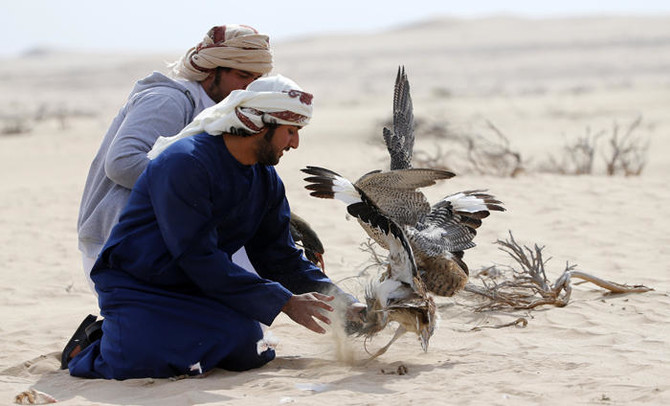The Quadrantids meteor shower is expected to reach Qatar on Monday evening and illuminate the night sky until dawn.
The shower, expected to appear the evening of January 3 and last until dawn on January 4, will be one of the most visible of the year and is expected to reach its peak of 80 meteors per hour.
In an interview with Qatar News Agency, Dr. Bashir Marzouk, a resident astronomer at the Qatar Calendar House said that the meteor shower is easier to see this year because the moon will not be present in the sky at the time. The moon will be in the crescent phase setting early at 5:40 p.m. Doha local time.
How do you watch the showers?
What distinguishes meteor showers is that to watch them you only require a place far from light pollution. Therefore, Qatar residents will be able to see and monitor the meteor shower with the naked eye and without the need for astronomical devices or telescopes provided they are far from city lights.
The best places to see the Quadrantids meteors are the darkest places far from residential areas that contain light and environmental pollutants. The best times to see the Quaternary meteors are from midnight until dawn. Infrequent showers appear outside of this period.
Observers should also plan to watch for more than an hour to see the full extent of the activity to avoid coinciding with a lull period. Watchers should allow 15 to 20 minutes to get their eyes used to the night sky.
The meteor is expected to be concentrated between the constellation signs Draco and Boötes, not far from the big dipper. You can check out this interactive map for more details.
Read more: Qatar National Library highlights region’s literary history
What are Meteor showers?
Meteor showers are as small as a grain of sand or tiny rock. As they enter the Earth’s atmosphere, they create a tail of debris as they disintegrate before reaching the ground. Meteorites that have made their way to the Earth’s surface are small pieces of an asteroid, some of which have been traced back to Mars and the moon.
Comet AH1 is the source of the Quadrantids meteor shower, created when the Earth moves in its orbit around the sun and passes near the dust grains left by the comet during January of each year. These grains intersect with the Earth’s atmosphere and flash occurs.







